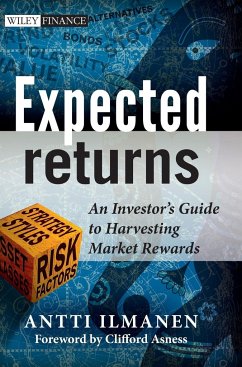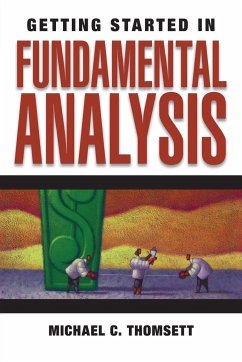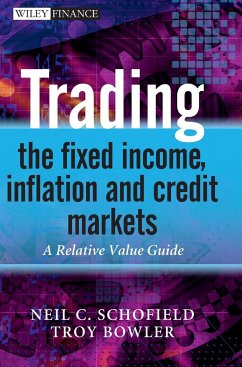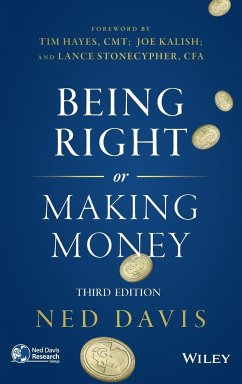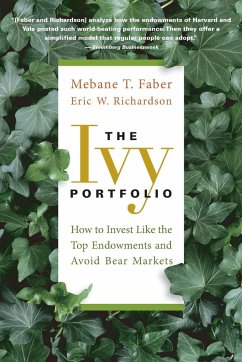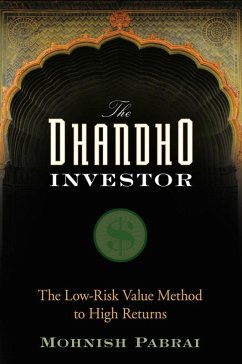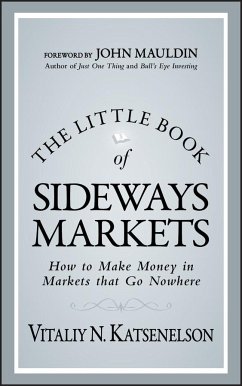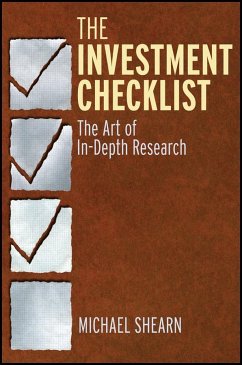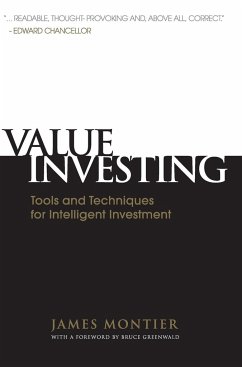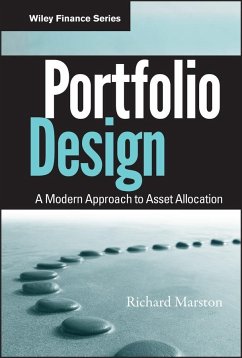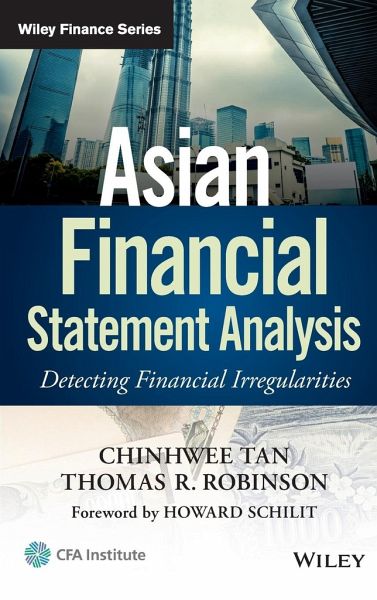
Asian Financial Statement Analysis
Versandkostenfrei!
Versandfertig in 2-4 Wochen
90,99 €
inkl. MwSt.
Weitere Ausgaben:

PAYBACK Punkte
45 °P sammeln!
Gain a deeper understanding of Asian financial reporting and how to detect irregularitiesThe Asian region, and particularly China, is becoming a hotbed of investment activity. There have been quite a few accounting scandals in Asia in the recent years - now rivaling those we have seen in the Americas and Europe. Assessing potential or active overseas investments requires reliance on financial statements, the full parameters of which may vary from region to region. To effectively analyze statements, it is necessary to first understand the framework underlying these financial statements and then...
Gain a deeper understanding of Asian financial reporting and how to detect irregularities
The Asian region, and particularly China, is becoming a hotbed of investment activity. There have been quite a few accounting scandals in Asia in the recent years - now rivaling those we have seen in the Americas and Europe. Assessing potential or active overseas investments requires reliance on financial statements, the full parameters of which may vary from region to region. To effectively analyze statements, it is necessary to first understand the framework underlying these financial statements and then lay out a protocol for detecting irregularities. It's impossible to create and implement a practical plan without a deeper knowledge of the various factors at play.
Asian Statement Analysis: Detecting Financial Irregularities provides a framework for analysis that makes irregularities stand out. Authors Chin Hwee Tan and Thomas R. Robinson discuss international financial reporting standards, including characteristics particular to the Asian region. Tan and Robinson's combined background in academia and Asian finance give them a multi-modal perspective and position them as top authorities on the topic. In the book, they address issues such as:
Detection of irregularities independent of particular accounting rules
The most common irregularities in the Asian market
Similarities and differences between U.S. and Asian accounting techniques
An overarching framework for irregularity detection
The book uses real-world examples to illustrate the concepts presented, with the focus on Asian companies. As the first ever in-depth study on manipulation and irregularities in the Asian market, Asian Financial Statement Analysis: Detecting Financial Irregularities is uniquely positioned to be a valuable resource in the move toward the next phase of global reporting standards.
The Asian region, and particularly China, is becoming a hotbed of investment activity. There have been quite a few accounting scandals in Asia in the recent years - now rivaling those we have seen in the Americas and Europe. Assessing potential or active overseas investments requires reliance on financial statements, the full parameters of which may vary from region to region. To effectively analyze statements, it is necessary to first understand the framework underlying these financial statements and then lay out a protocol for detecting irregularities. It's impossible to create and implement a practical plan without a deeper knowledge of the various factors at play.
Asian Statement Analysis: Detecting Financial Irregularities provides a framework for analysis that makes irregularities stand out. Authors Chin Hwee Tan and Thomas R. Robinson discuss international financial reporting standards, including characteristics particular to the Asian region. Tan and Robinson's combined background in academia and Asian finance give them a multi-modal perspective and position them as top authorities on the topic. In the book, they address issues such as:
Detection of irregularities independent of particular accounting rules
The most common irregularities in the Asian market
Similarities and differences between U.S. and Asian accounting techniques
An overarching framework for irregularity detection
The book uses real-world examples to illustrate the concepts presented, with the focus on Asian companies. As the first ever in-depth study on manipulation and irregularities in the Asian market, Asian Financial Statement Analysis: Detecting Financial Irregularities is uniquely positioned to be a valuable resource in the move toward the next phase of global reporting standards.




